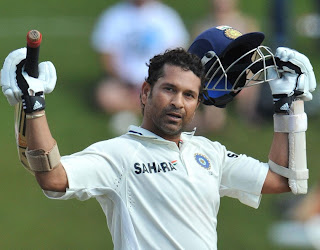 Pakistan's new foreign minister Hina Rabbani Khar, who arrived in New Delhi on Tuesday amid hopes that the 34-year-old minister is not evidently aligned to the conservative mindset of her predecessors and might bring a refreshing change in diplomacy between the neighbours, has won many fans in India.
Pakistan's new foreign minister Hina Rabbani Khar, who arrived in New Delhi on Tuesday amid hopes that the 34-year-old minister is not evidently aligned to the conservative mindset of her predecessors and might bring a refreshing change in diplomacy between the neighbours, has won many fans in India.Though her political acumen is still untested as she navigates the troubled waters of the India-Pakistan relationship on her first major diplomatic outing, yet the female foreign minister has become talk of the town among Indian fans mainly because of her dress, smile and beauty.
It's not just the general public and twitterati, but the Indian media too, has gone gaga over Hina.
Look at the some of the flattering headlines of Indian newspapers on Wendnesday -- Pak Puts On Its Best Face (The Times of India); Pak bomb lands in India (Mumbai Mirror). Though most of the papers carried her photograph on the front page, The Pioneer carried a huge lead vertical picture on its front page. Economic Times's political page carried an info chart with her photo, saying Fresh face, Fresh start.
Hina made her fashion statement marked at the New Delhi airport itself when she landed in a monotone outfit of blue with delicately matched pearl jewellery, sunglasses and oversized Hermes Birkin bag.
As her talks with SM Krishna may not give our mediapersons to write much on diplomacy front, they certainly will continue to write more on Hina's style statement.




